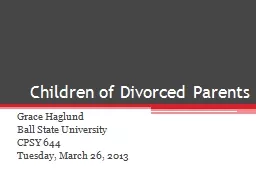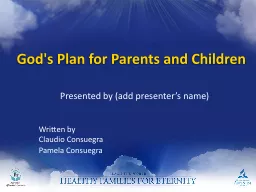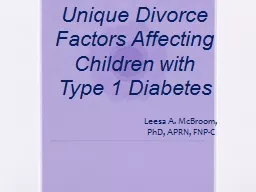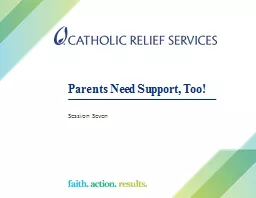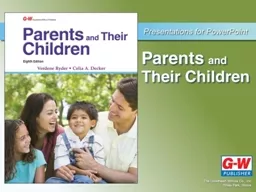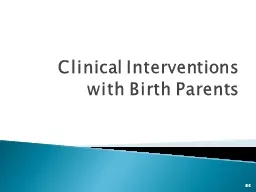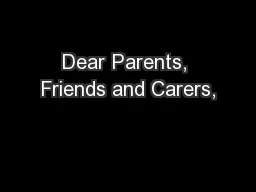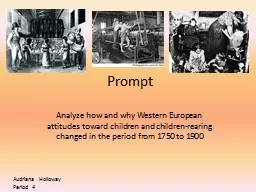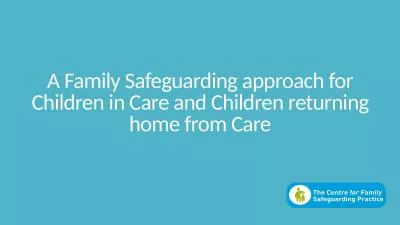PPT-Children of Divorced Parents
Author : myesha-ticknor | Published Date : 2017-07-31
Grace Haglund Ball State University CPSY 644 Tuesday March 26 2013 Mission Statements PERSONAL MUNCIE COMMUNITY SCHOOLS I will strive to improve the quality of
Presentation Embed Code
Download Presentation
Download Presentation The PPT/PDF document "Children of Divorced Parents" is the property of its rightful owner. Permission is granted to download and print the materials on this website for personal, non-commercial use only, and to display it on your personal computer provided you do not modify the materials and that you retain all copyright notices contained in the materials. By downloading content from our website, you accept the terms of this agreement.
Children of Divorced Parents: Transcript
Download Rules Of Document
"Children of Divorced Parents"The content belongs to its owner. You may download and print it for personal use, without modification, and keep all copyright notices. By downloading, you agree to these terms.
Related Documents

